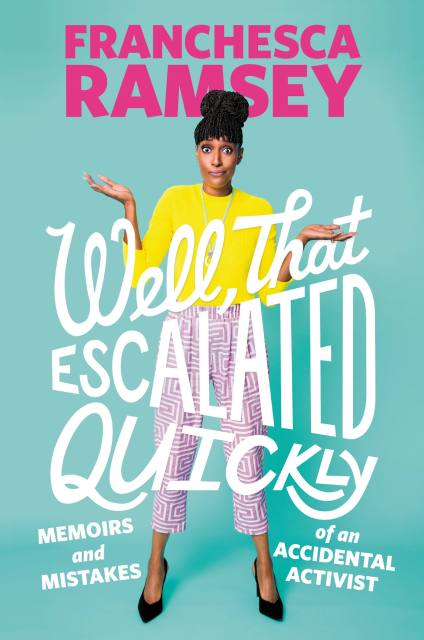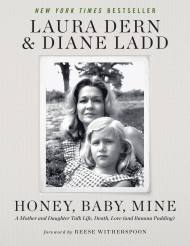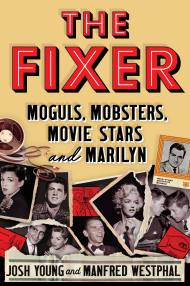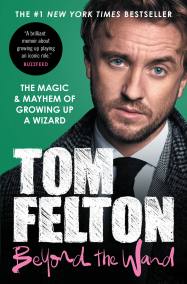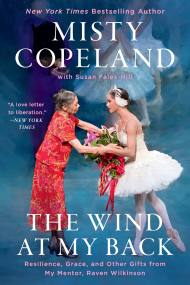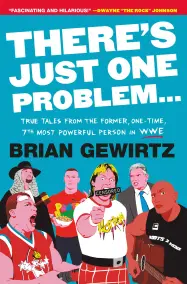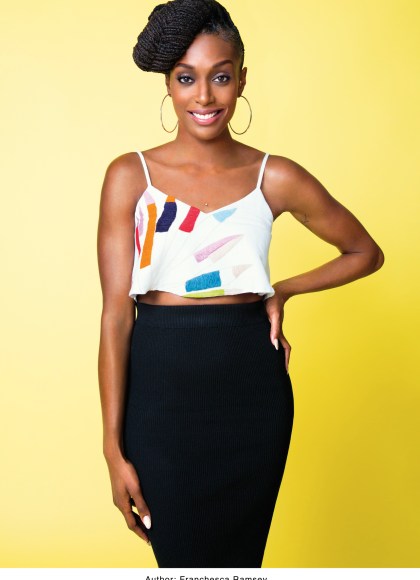Promotion
Use code MOM24 for 20% off site wide + free shipping over $45
Well, That Escalated Quickly
Memoirs and Mistakes of an Accidental Activist
Contributors
Read by Franchesca Ramsey
Formats and Prices
Format
Format:
- Audiobook Download (Unabridged)
- ebook $13.99 $16.99 CAD
- Hardcover $27.00 $35.00 CAD
- Trade Paperback $16.99 $22.49 CAD
This item is a preorder. Your payment method will be charged immediately, and the product is expected to ship on or around May 22, 2018. This date is subject to change due to shipping delays beyond our control.
Also available from:
Franchesca Ramsey didn’t set out to be an activist. Or a comedian. Or a commentator on identity, race, and culture, really. But then her YouTube video “What White Girls Say . . . to Black Girls” went viral. Twelve million views viral. Faced with an avalanche of media requests, fan letters, and hate mail, she had two choices: Jump in and make her voice heard or step back and let others frame the conversation. After a crash course in social justice and more than a few foot-in-mouth moments, she realized she had a unique talent and passion for breaking down injustice in America in ways that could make people listen and engage.
In her first book, Ramsey uses her own experiences as an accidental activist to explore the many ways we communicate with each other–from the highs of bridging gaps and making connections to the many pitfalls that accompany talking about race, power, sexuality, and gender in an unpredictable public space…the internet.
Well, that Escalated Quickly includes Ramsey’s advice on dealing with internet trolls and low-key racists, confessions about being a former online hater herself, and her personal hits and misses in activist debates with everyone from bigoted Facebook friends and misguided relatives to mainstream celebrities and YouTube influencers. With sharp humor and her trademark candor, Ramsey shows readers we can have tough conversations that move the dialogue forward, rather than backward, if we just approach them in the right way.
Genre:
- On Sale
- May 22, 2018
- Publisher
- Hachette Audio
- ISBN-13
- 9781478999911
Newsletter Signup
By clicking ‘Sign Up,’ I acknowledge that I have read and agree to Hachette Book Group’s Privacy Policy and Terms of Use
